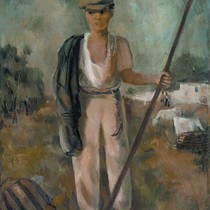The Art Works
The art collection of the Ministry of Foreign Affairs contains over 2 000 works - mostly paintings, prints and drawings by famous Bulgarian classic and contemporary artists, and it is one of the richest collections of Bulgarian art.
It is to be found in the Ministry of Foreign Affairs building at 2 Alexander Zhendov Street in Sofia and at Bulgarian missions around the world. Begun in the early 1960s in order to respond to the display needs of diplomacy, with art works becoming indicators of identity, and administrative lobbies and lounges a form of museum space. This means of publicly representing the institution continues to this day.
When it was set up in 2005, the State Institute for Culture was dedicated to the care of works from the art collection of the Ministry of Foreign Affairs. Management of the collection was entrusted officially to the SCI in 2010. In its development and preservation activities, the institute works with a number of educational and cultural institutions such as the Bulgarian Academy of Sciences, Sofia City Art Gallery, the Bulgarian National Museum of Fine Arts, National Art Academy, Union of Bulgarian Artists, international organizations, foreign experts and others. Selections from it are represented in several catalogues as well as in exhibitions in Sofia, Plovdiv, Sevlievo, Rousse and Varna.
The collection reflects the evolution of the concept of representativeness and changes in official taste at a time when the state was the sole patron of the arts in the country, general exhibitions were the biggest opportunity for expression of artists, and institutional collections, collected by a special committee appointed for the purpose, were the main support mechanism . These conditions determined the initial selection of works for the Ministry of Foreign Affairs. Painting notably dominate over other forms in the collection, most numerous among the paintings are landscapes and figurative compositions, with portraits and still lifes rarely to be found. The most common are historical themes, religious or folk tales. In the 1960s, when compilation of the art collection began, the idea of “artistic recreation and thematic diversity” was especially popular in Bulgarian art theory and practice. It was a time in which many of the artists of the 1930s with their inherent modernist approach to form were rehabilitated on the scene. Along with their model, into the arsenal of artists there was a gradual recovery of themes, genres and techniques denied and persecuted by Stalin during the previous decades. The idea of “national in spirit” art, known since the beginning of the century, was again revived. But realism remained the leading principle in defining the art movement in Bulgaria .
The art collection of the Ministry of Foreign Affairs contains all the components of this complex picture. Its chronology takes in precisely the models mentioned, with some prominent representatives of the painting of the 1930s . Among them are the two “Baratsi” - David Peretz and Zlatyu Boyadziev, landscape masters Daniel Detchev, Konstantin Shturkelov, Nikola Tanev, Boris Denev, Alexander Mutafov , Atanas Mihov, Petko Abajiev and Ivan Trichkov. Represented in the collection with numerous landscapes, mainly from Sofia and its surroundings in the 1940s, is Asen “Shopa” Nikolov. He is among the most comprehensively represented artists in the scenic section. There too is Nikola Kozhuharov, famous for his historical compositions, as well as recognised classics - Vasil Stoilov, Bencho Obreshkov, Olga Valnarova, Magda Abazova, Nayden Petkov, Dechko Uzunov, Ilia Petrov, mainly landscapes and still lifes.
The collection features works by their students, and the most prominent artists of the younger generation of the 1960s , who contributed significantly to the current look of contemporary Bulgarian art - Svetlin Roussev, Georgi Baev, Vladimir Goev, Nenko Tokmakchiev, Ivan “Bunkera” Stoilov, Ivan Vukadinov, Luben Zidarov, Petar Dotchev, Ivan Kirkov , and representatives of the Plovdiv school in the 1970s - Yoan Leviev, Georgi “Slona” Bozhilov, Dimitar Kirov and Encho Pironkov. Among contemporary works in the collection are paintings and drawings by Andre Daniel, Gredi Assa, Edmond Demirdzhiyan, Milko Bozhkov, Stoyan Tzanev and Desislava Mintcheva, among others.
A review of the paintings shows some interesting similarities in the choice of subjects and places depicted by artists from different generations and times. Along with the interest shared by many in old and typical households and architectural details, most of the paintings in the Bulgarian landscape section depict Turnovo and Balchik.
The graphic section of the collection developed according to the same logic, starting chronologically from the 1930s and 1940s with engravings by Vasil Zachariev and etchings by Petar Morozov. The focus also falls on the three decades from the beginning of the 1960s to the 1980s, with many works by Todor Panayotov, Anastasia Panayotova, Zlatka Dubova, Pencho Balkanski, Borislav Stoev, Eftim Tomov, Zahari Kamenov, Buyan Filchev, Georgi Trifonov, Ivan Dimov, Ivan Ninov, Mihail Petkov, Rumen Skorchev, Simeon Venov and others, reaching the most prominent names in contemporary Bulgarian graphics, Stoimen Stoilov, Nikola Karamfilov, Onnik Karanfilyan, Stefan Markov, Stoyan Chukanov, Theodore Liho, Tzvetan Kazandjiev and others.
The exchange and permeation of creative ideas within the public administration and its aesthetic enrichment are among the main features of the art collection at the MFA. In addition to representing the nation and and native landscapes, many of the works in it, especially in the graphics section, are bearers of more universal and philosophical messages.
The political changes in Bulgaria in the final decades of the 20th century also changed the relationship between the state and culture, and affected the pace of additions not only to the collection of the MFA, but to all museum collections in the country. For this reason, the modern period is relatively underrepresented. In the period 2006 - 2009, the State Institute for Culture initiated a series of purchases in order to supplement and enrich the collection with works by contemporary artists. Currently, the fund continues to be supplemented mainly by donations from artists after these have been displayed at the Institute's Mission Gallery, and from protocol gifts.
The collection of the Ministry of For- eign Affairs is one of the most representative art collections owned by a state institution . Its history dates back to the beginning of the 1960s when the collection of paintings and graphics started . The systematic selection of works includes authors of different generations with different individual and stylistic orientations . As far as the subject matter of this collection is concerned – it is dominated by landscapes . The selected works are characterized with a definite representativeness and outline some of the general tendencies in the development of art . In 2005 the collection was enriched with one of the still rare for the city of Sofia open air sculpture exhibition where there can be found quite versatile artifacts, both in plastic and conceptual respect, from archaeological monuments to works of the youngest generation of sculptors . An important part of the art collection of the Bulgarian Ministry of Foreign Affairs are the works of different forms art that can be found at the Bul- garian diplomatic missions around the world . At present the State Cultural Institute is working on the project Art in Bulgarian Embassies . Its aim is to present the artistic achievements of traditional and modern Bulgarian culture to the international audience. The art works in the Bulgarian Ministry of Foreign Affairs’ collection present a wide specter of styles, characteristic of Bulgarian art of the 1930s until the present times . Preferred, at least in the beginning were the old masters and authors that were connected with the notion of established and permanent art values . The modern artistic works that have been acquired after the 1980s of the past century and especially the sculpture exhibition to a great extent widened the genre- thematic and stylistic scope of the collection .
Search
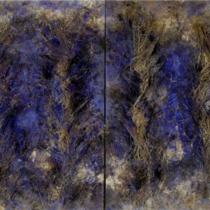
Ilinden IIIStanislav Pamukchuev
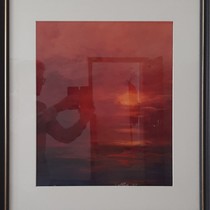
Sunset in redIliya Peykov
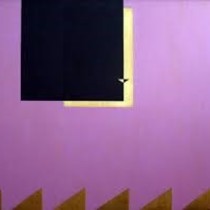
ShadowNikolay Petkov
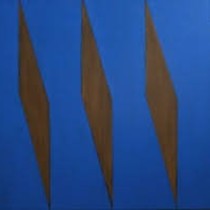
Order of thougtsNikolay Petkov

On the riverPetur Urumov
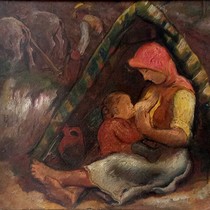
On the levelsIvan Shoshkov
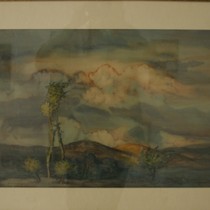
Landscape by KrichimVasil Stoilov
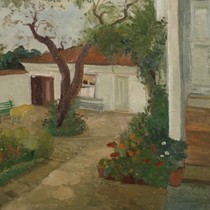
Country yardPetko Abadzhiev
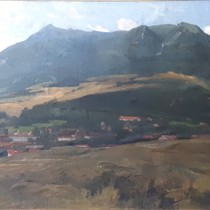
Vitosha/Vitosha winterAtanas Mihov
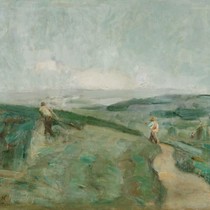
MowersDamyan Nikolov
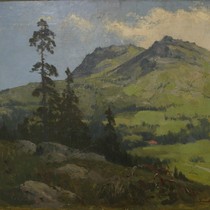
Mountain landscapeAtanas Mihov
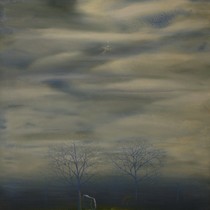
HorsesKeazim Isinov

HarvestKiril Bozhilov
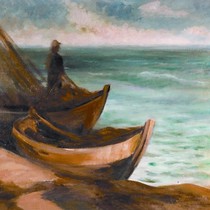
BoatsAsen Nikolov - Shopa
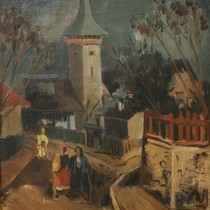
Landscape in RumeniaBencho Obreshkov
